

Designing an adventure in Minecraft is similar to building a minigame, in that the most important element is structure. The structure of an adventure determines where players have to go, what variables govern the players and the environment, and the progression of challenges and rewards.
Here, you can see a room in an adventure game that effectively challenges, rewards, and progresses the players. When the room is opened, a zombie appears, holding a customized emerald which acts as a key. When the key is placed into a hopper, a checkpoint is unlocked elsewhere, and the door to the next room opens.
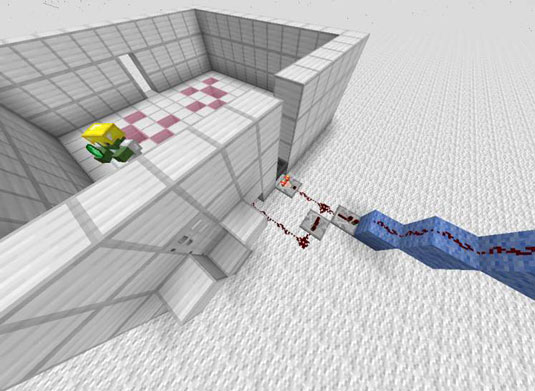
Entities and blocks can have special data tags that give them useful features for custom maps.
This structure employs the following concepts:
A challenge-goal relationship: Players can continue only if they get the key from the zombie, thus requiring them to defeat the zombie. The hopper system makes the goal of the adventure dependent on this particular challenge, a concept that’s quite useful in all adventure maps. For example, in a puzzle map, the door might be locked by a lever at the end of a maze.
Connections between rooms: The link between the hopper and the aforementioned checkpoint is an example of rooms that truly affect each other. Some adventure maps make use of this quite often, filling the space between rooms with redstone webs. However, if you do something like this, you must have a concrete idea of your map’s floor plan.
A simple, small-room setting: If this adventure map were set outdoors, it might be more difficult to guide players wherever you want them to go. Remember that you can always use iron doors to restrict and lead players, but you can also use items such as pits, mountain ranges, and the tp command.
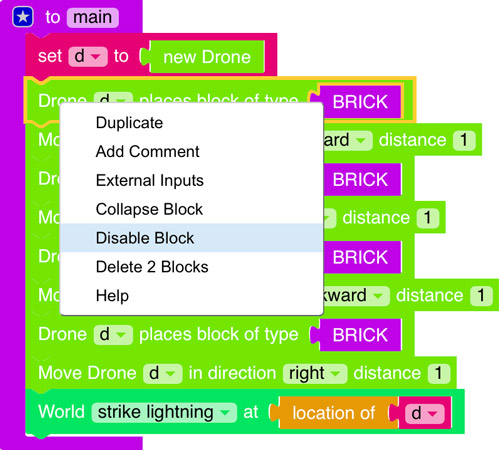
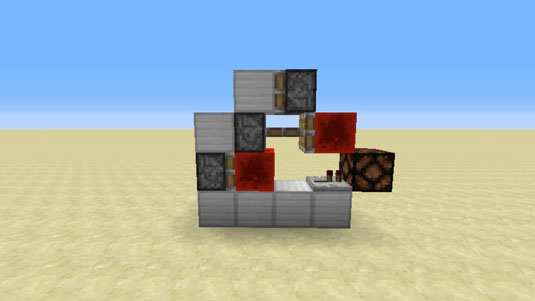
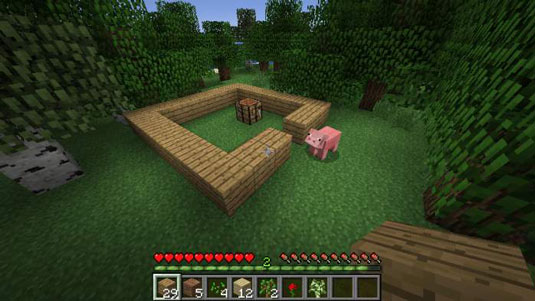
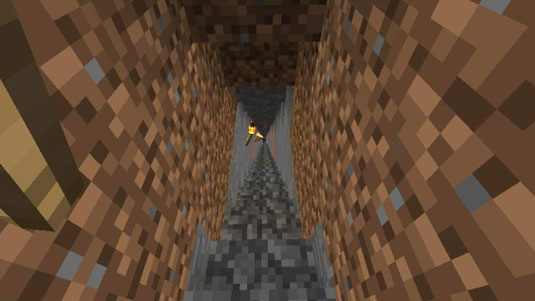
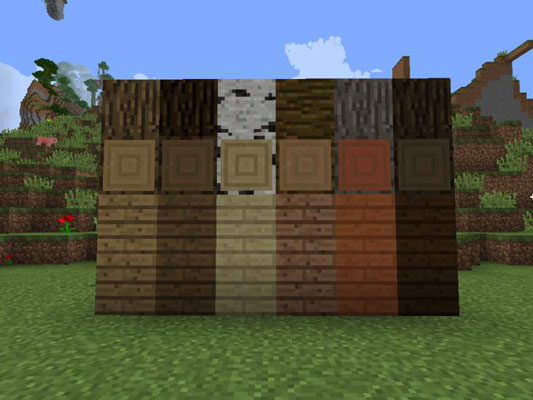 10 Essential Minecraft Ingredients - For Dummies
10 Essential Minecraft Ingredients - For Dummies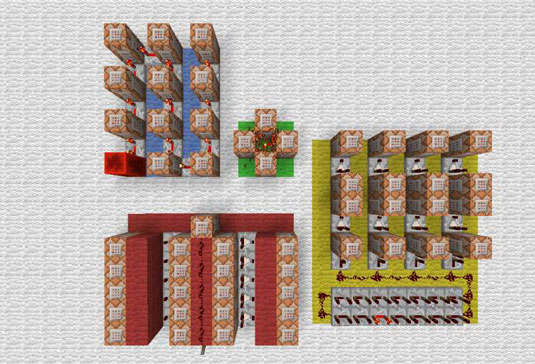 How to Apply Commands to Minecraft Redstone Machines - For Dummies
How to Apply Commands to Minecraft Redstone Machines - For Dummies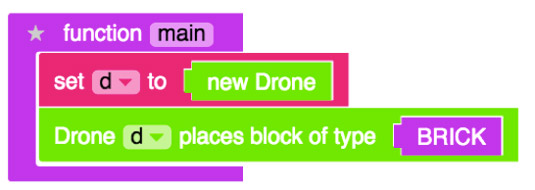 Minecraft Modding For Kids For Dummies Cheat Sheet - For Dummies
Minecraft Modding For Kids For Dummies Cheat Sheet - For Dummies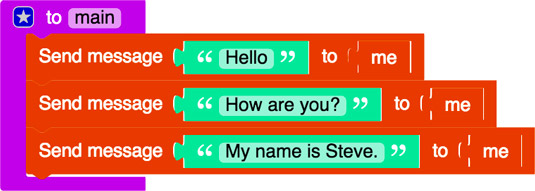 How to Write Minecraft Mods with Functions - For Dummies
How to Write Minecraft Mods with Functions - For Dummies How to Register a Minecraft Account - For Dummies
How to Register a Minecraft Account - For Dummies